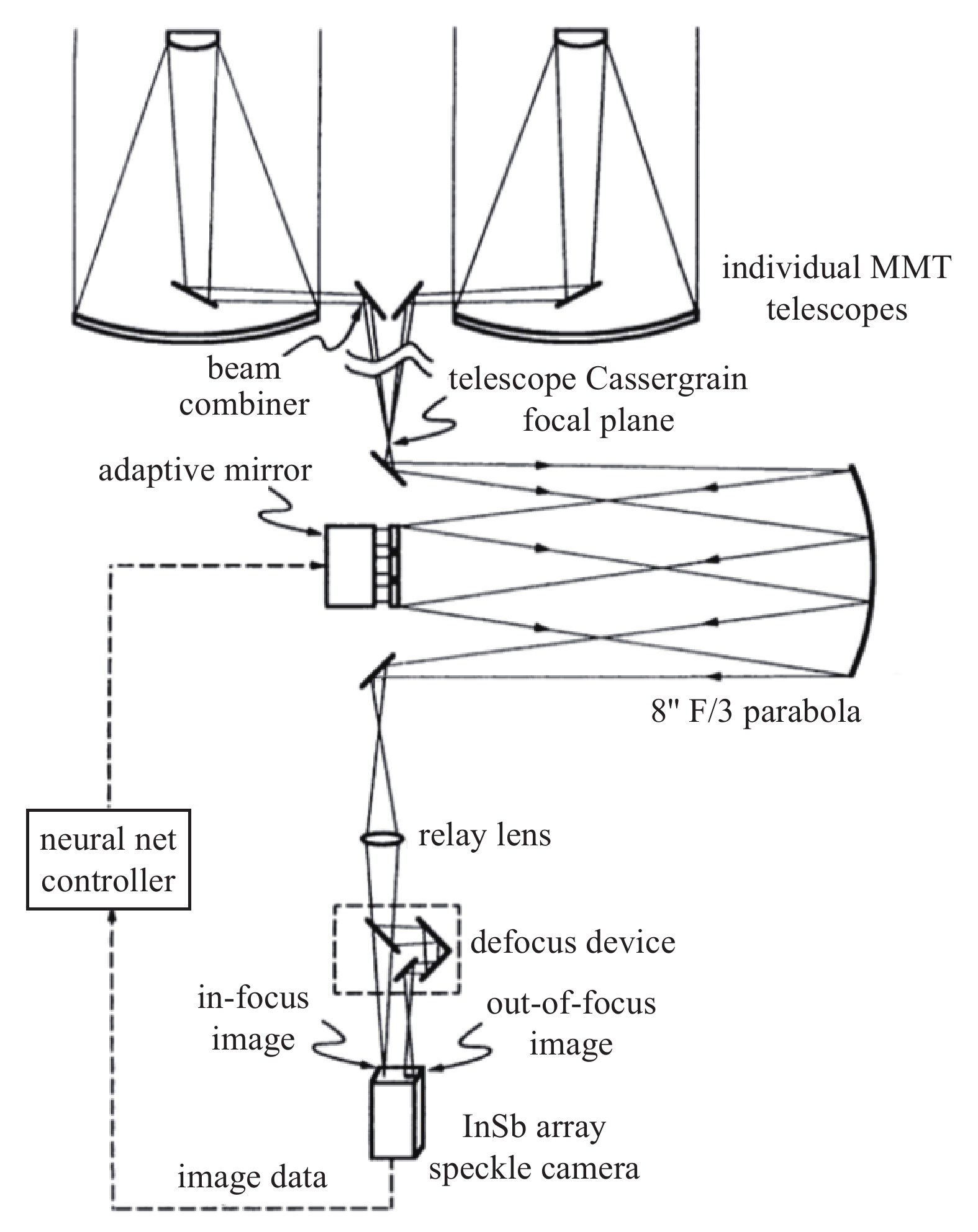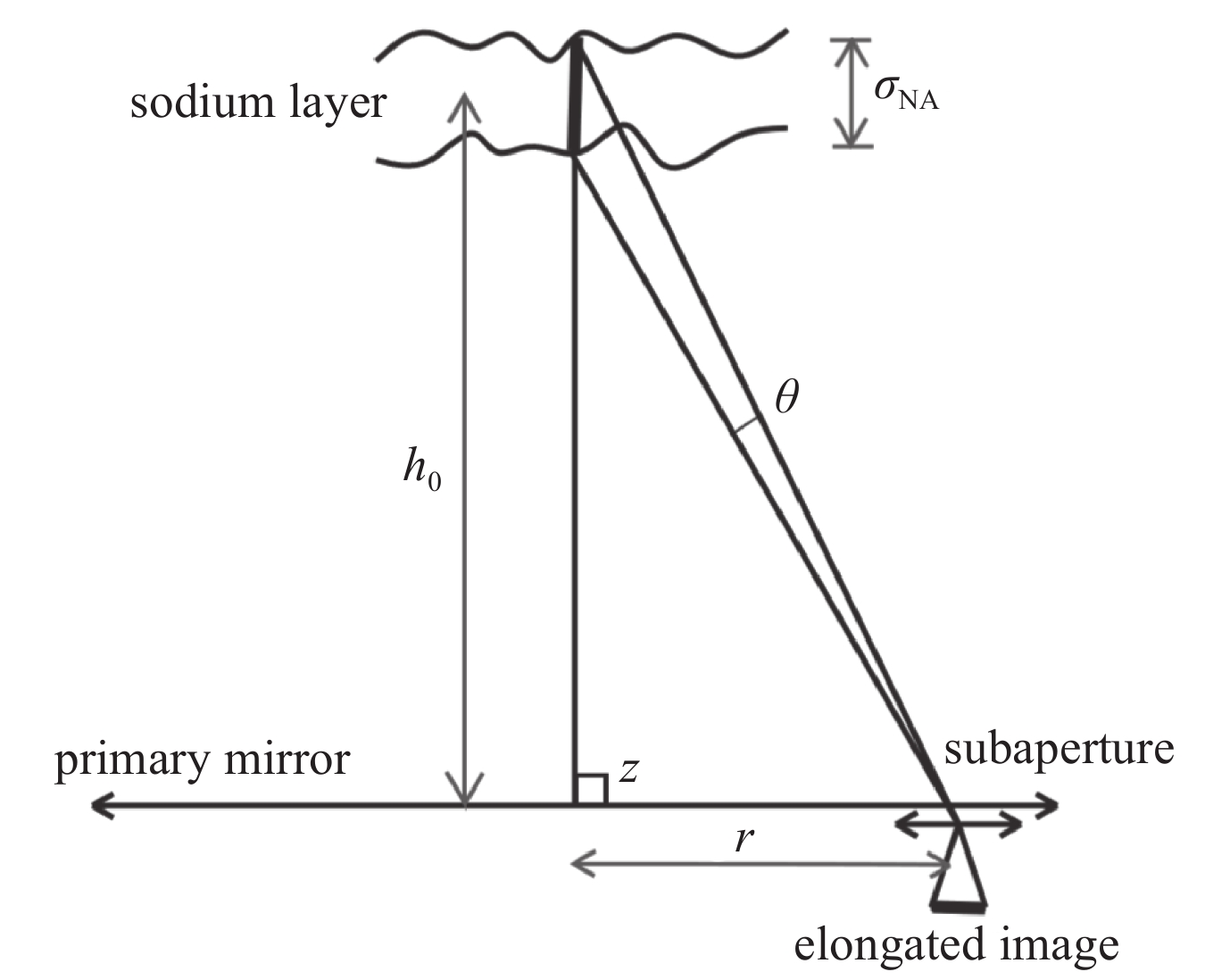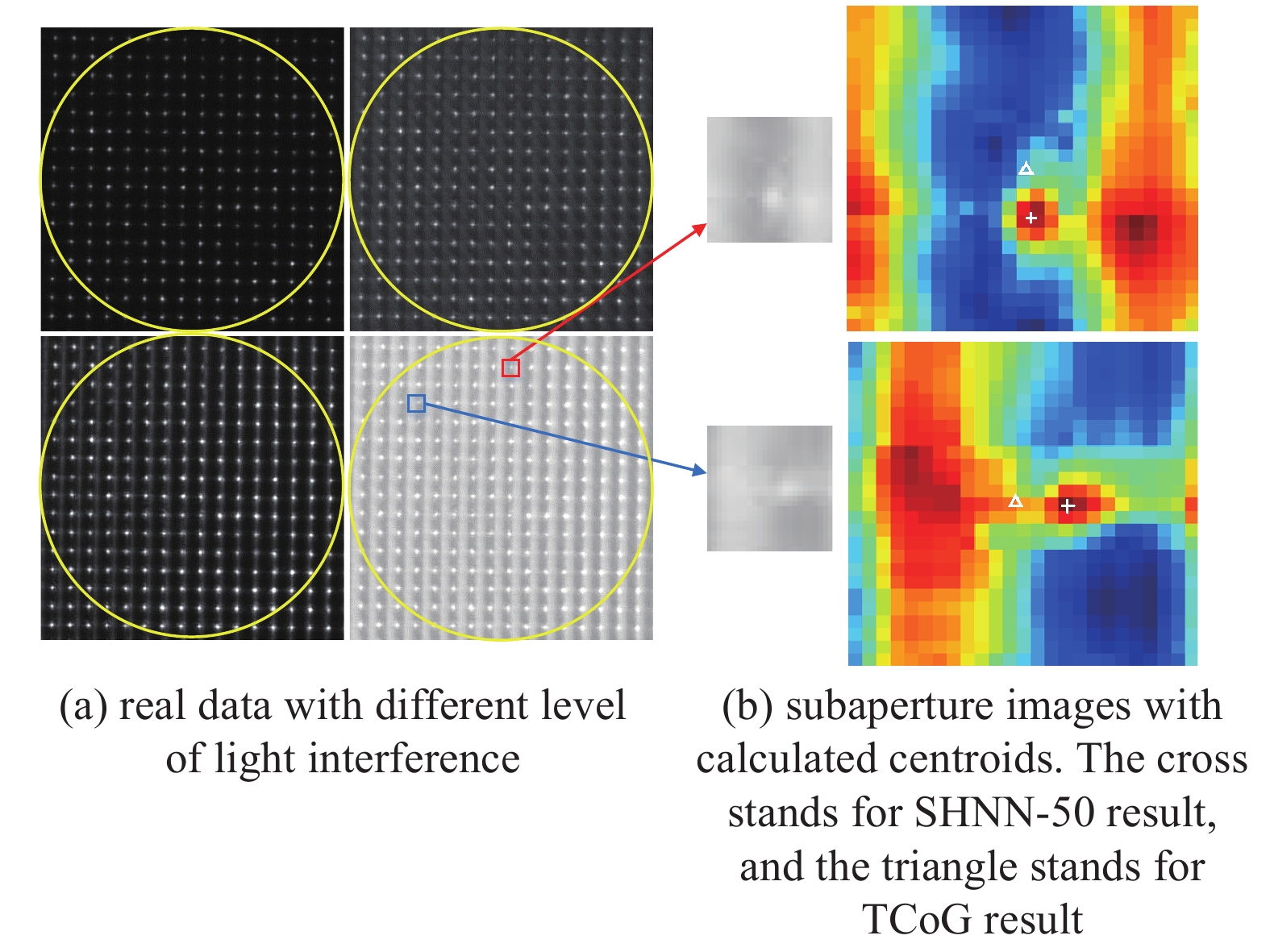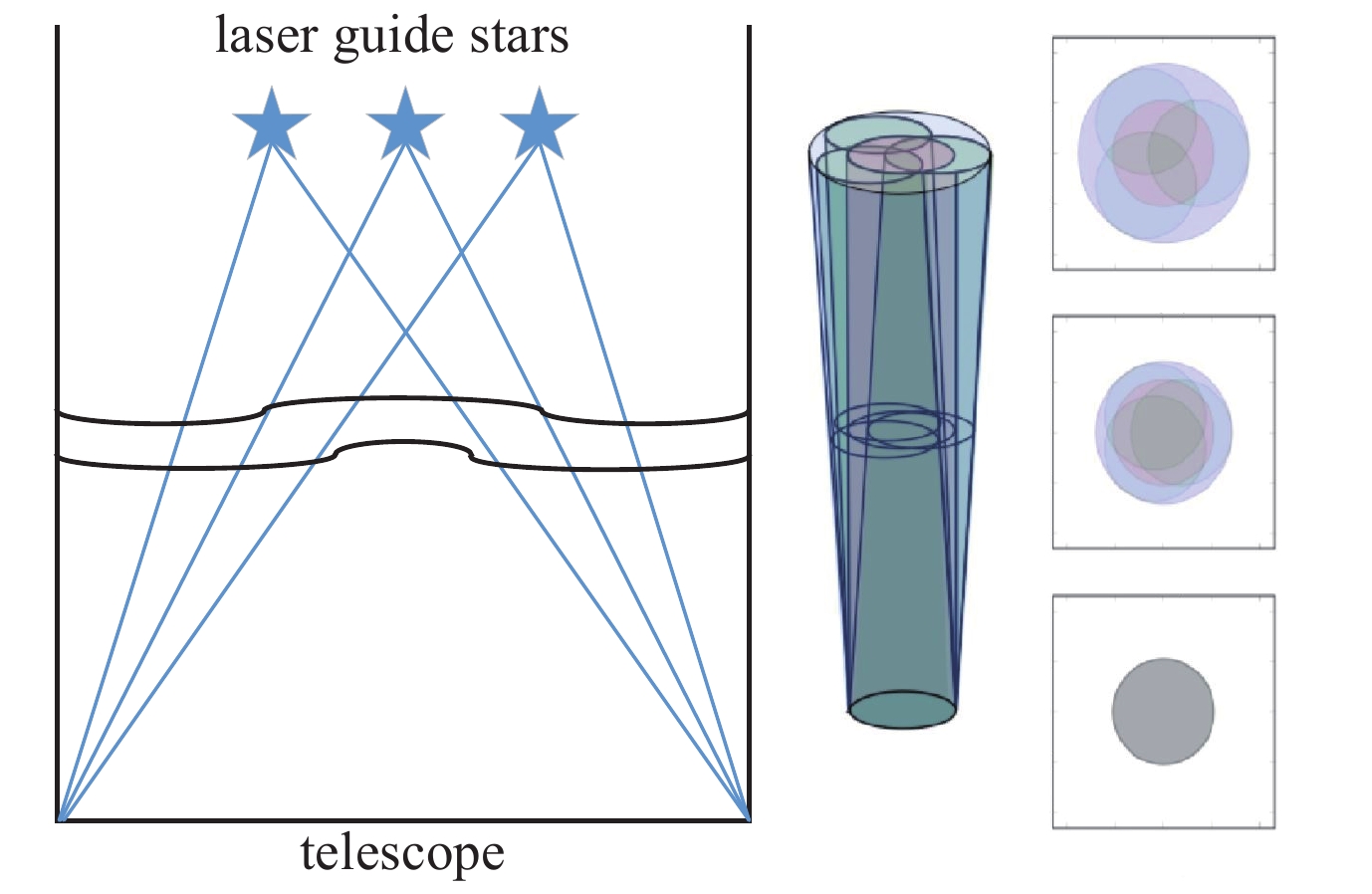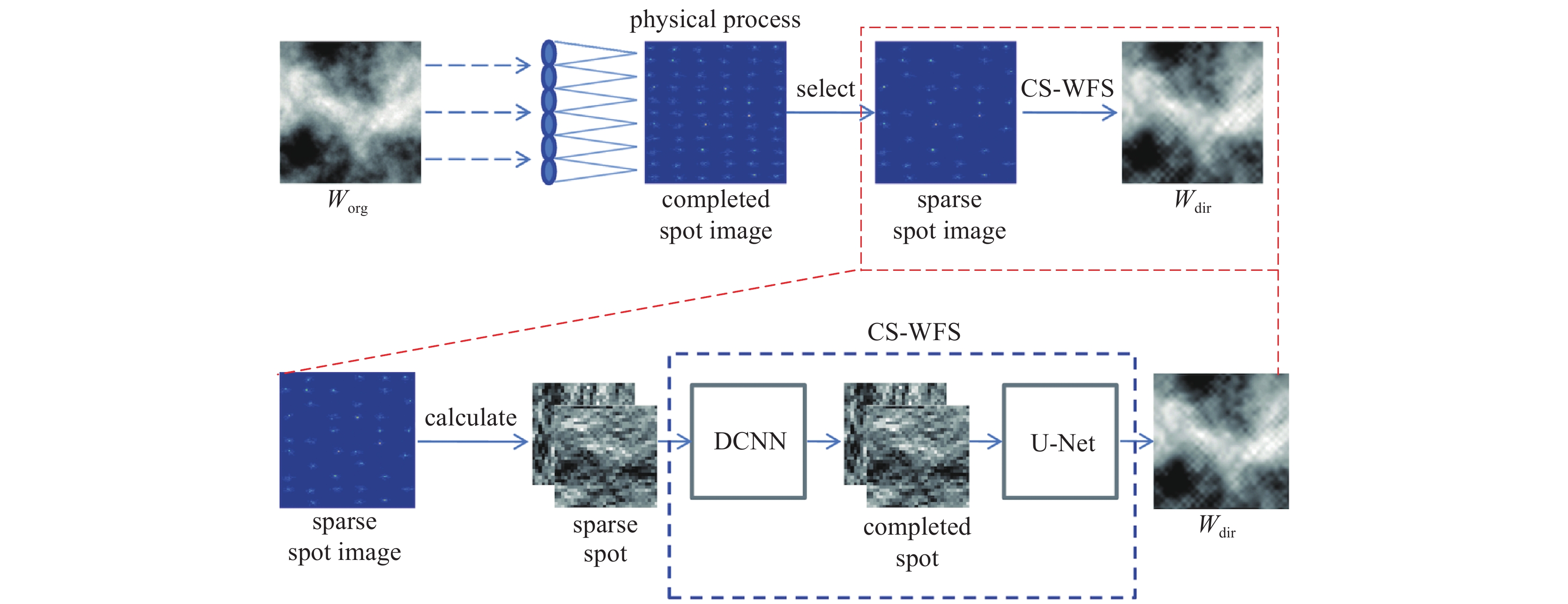Review of wavefront sensing technology in adaptive optics based on deep learning
-
摘要:
波前传感是自适应光学系统的重要组成部分,在地基大口径望远镜、激光大气传输、无线光通信、激光驱动核聚变等领域发挥了关键作用,同时也常应用于自由曲面的光学测量中。与此同时,深度学习作为一种较为通用的前沿技术,成功在计算机视觉、自然语言处理等众多领域取得了革命性进展。使用深度学习的方法改进自适应光学系统中的波前传感器,以期实现更精准的波前探测,以及适应更复杂的应用场景是自适应光学的发展趋势,也是深度学习应用领域的一个新课题。介绍了深度学习在自适应光学波前传感中的应用现状,主要分析了在相位反演波前传感器和哈特曼波前传感器中的研究特点,并在最后进行了总结和展望。
Abstract:Wavefront sensing is an important part of adaptive optics system, which plays a key role in the fields of ground-based telescopes, laser transmission in atmosphere, wireless optical communication, laser nuclear fusion, and freeform surface optical measurement etc. Meanwhile, as a general advanced technology, deep learning has made revolutionary progress in many fields such as computer vision, natural language processing and so on. Using deep learning method to improve the wavefront sensor in adaptive optics system to achieve more accurate wavefront detection and adapt to more complex application scenarios is the development trend of adaptive optics, and also a new topic in the field of deep learning. This paper, introduces the application status of deep learning in adaptive optics wavefront sensing in detail. It also analyzes the research characteristics of different types of wavefront sensors, such as phase retrieval wavefront sensor and Shack-Hartmann wavefront sensor, and makes a summary at the end.
-
Key words:
- adaptive optics /
- deep learning /
- wavefront sensing /
- phase retrieval /
- Shack-Hartmann wavefront sensor
-
图 3 使用神经网络波前传感器校正MMT两块独立镜面的像差的光路图[19]
Figure 3. Optical path of using wavefront sensor based on ANN to correct the aberration of two independent mirrors of MMT
图 4 一种神经网络波前传感器的网络架构[20]
Figure 4. Architecture of wavefront sensor based on ANN
图 6 (a)是实验验证概念图,(b)是实验实物图[26]
Figure 6. Sketch (a) and physical map (b) of the optical system used in the experiment
图 7 哈特曼波前传感器中的拉长效应。其中r是子孔径到中心的距离,h0是钠层的平均高度,σNA是钠层的厚度,z是天顶角[33]
Figure 7. Elongation of spots in the SHWFS. Here, r is the distance of the subaperture in the SHWFS from the center (as projected on to the primary mirror), h0 is the average altitude of the sodium layer, σNA is the thickness of the sodium layer and z is the zenith angle
图 8 基于神经网络SHNN对哈特曼传感器在强光干扰下进行质心探测的实验结果[42]
Figure 8. Experimental result of centroid computation for Shack-Hartmann wavefront sensor in extreme situations based on the SHNN
图 10 全连接卡门示意图[47]
Figure 10. CARMEN with MLP
图 11 卷积卡门的网络拓扑结构示意图[55]
Figure 11. Example of the topology of CARMEN with CNN
图 12 ISNet的网络结构图[59]
Figure 12. ISNet architecture
图 13 SH-Net、LSHWS、Swanson的网络、模式法以及区域法的仿真测试统计结果,每种不同的相位屏都包含100个数据[60]
Figure 13. Statistical results of the RMS wavefront error of five methods in wavefront detection. Each kind of phase screen contains 100 datasets
图 14 CS-WFS的物理过程和计算流程图[62]
Figure 14. Physical process and flow chart of the CS-WFS method
表 1 实验结果
Table 1. Results of experiments
Methods Performances CEE/pixel False Rate PV/um RMS/um TCoG 4.5958 95.31% 2.6593 0.5349 SHNN-50 0.5250 1.17% 0.3107 0.0651 -
[1] 姜文汉. 自适应光学发展综述[J]. 光电工程, 2018, 45:170489. (Jiang Wenhan. Overview of adaptive optics development[J]. Opto-Electronic Engineering, 2018, 45: 170489 [2] Pomohaci R, Oudmaijer R D, Goodwin S P. A pilot survey of the binarity of Massive Young Stellar Objects with K-band adaptive optics[J]. Monthly Notices of the Royal Astronomical Society, 2019, 484(1): 226-238. doi: 10.1093/mnras/stz014 [3] Salter P S, Booth M J. Adaptive optics in laser processing[J]. Light: Science & Applications, 2019, 8: 110. [4] Sun Licheng, Guo Yading, Shao Chongfeng, et al. 10.8 kW, 2.6 times diffraction limited laser based on a continuous wave Nd: YAG oscillator and an extra-cavity adaptive optics system[J]. Optics Letters, 2018, 43(17): 4160-4163. doi: 10.1364/OL.43.004160 [5] 李恩德, 杨泽平, 官春林, 等. 我国惯性约束聚变领域中的波前控制技术[J]. 光电工程, 2020, 47:200344. (Li Ende, Yang Zeping, Guan Chunlin, et al. Wavefront control technology for ICF facility in China[J]. Opto-Electronic Engineering, 2020, 47: 200344 [6] Toselli I, Gladysz S. Improving system performance by using adaptive optics and aperture averaging for laser communications in oceanic turbulence[J]. Optics Express, 2020, 28(12): 17347-17361. doi: 10.1364/OE.394468 [7] Azimipour M, Migacz J V, Zawadzki R J, et al. Functional retinal imaging using adaptive optics swept-source OCT at 1.6 MHz[J]. Optica, 2019, 6(3): 300-303. doi: 10.1364/OPTICA.6.000300 [8] 张雨东, 饶长辉, 李新阳. 自适应光学及激光操控[M]. 北京: 国防工业出版社, 2016.Zhang Yudong, Rao Changhui, Li Xinyang. Adaptive optics and laser control[M]. Beijing: National Defense Industry Press, 2016 [9] 张钹, 朱军, 苏航. 迈向第三代人工智能[J]. 中国科学: 信息科学, 2020, 50(9):1281-1302. (Zhang Bo, Zhu Jun, Su Hang. Toward the third generation of artificial intelligence[J]. Scientia Sinica (Informationis), 2020, 50(9): 1281-1302 doi: 10.1360/SSI-2020-0204 [10] 伊恩·古德费洛, 约书亚·本吉奥, 亚伦·库维尔. 深度学习[M]. 赵申剑, 黎彧君, 符天凡, 等, 译. 北京: 人民邮电出版社, 2017.Goodfellow I, Bengio Y, Courville A, et al. Deep learning[M]. Zhao Shenjian, Li Yujun, Fu Tianfan, et al, trans. Beijing: Posts & Telecom Press, 2017). [11] McCulloch W S, Pitts W. A logical calculus of the ideas immanent in nervous activity[J]. The Bulletin of Mathematical Biophysics, 1943, 5(4): 115-133. doi: 10.1007/BF02478259 [12] Hebb D O. The organization of behavior: a neuropsychological theory[M]. New York: Wiley, 1949. [13] Rosenblatt F. The perceptron: a probabilistic model for information storage and organization in the brain[J]. Psychological Review, 1958, 65(6): 386-408. doi: 10.1037/h0042519 [14] Minsky M, Papert S A. Perceptrons: an introduction to computational geometry[M]. Cambridge: MIT Press, 2017. [15] Rumelhart D E, Hinton G E, Williams R J. Learning representations by back-propagating errors[J]. Nature, 1986, 323(6088): 533-536. doi: 10.1038/323533a0 [16] Gonsalves R A. Phase retrieval and diversity in adaptive optics[J]. Optical Engineering, 1982, 21: 215829. [17] Carrano C J, Olivier S S, Brase J M, et al. Phase retrieval techniques for adaptive optics[C]//Proceedings Volume 3353, Adaptive Optical System Technologies. Kona, 1998: 658-667. [18] Angel J R P, Wizinowich P, Lloyd-Hart M, et al. Adaptive optics for array telescopes using neural-network techniques[J]. Nature, 1990, 348(6298): 221-224. doi: 10.1038/348221a0 [19] Lloyd-Hart M, Wizinowich P, McLeod B, et al. First results of an on-line adaptive optics system with atmospheric wavefront sensing by an artificial neural network[J]. The Astrophysical Journal, 1992, 390: L41-L44. doi: 10.1086/186367 [20] Sandler D G, Barrett T K, Palmer D A, et al. Use of a neural network to control an adaptive optics system for an astronomical telescope[J]. Nature, 1991, 351(6324): 300-302. doi: 10.1038/351300a0 [21] Barrett T K, Sandler D G. Artificial neural network for the determination of Hubble Space Telescope aberration from stellar images[J]. Applied Optics, 1993, 32(10): 1720-1727. doi: 10.1364/AO.32.001720 [22] Krizhevsky A, Sutskever I, Hinton G E. ImageNet classification with deep convolutional neural networks[J]. Communications of the ACM, 2017, 60(6): 84-90. doi: 10.1145/3065386 [23] Ma Huimin, Liu Haiqiu, Qiao Yan, et al. Numerical study of adaptive optics compensation based on Convolutional Neural Networks[J]. Optics Communications, 2019, 433: 283-289. doi: 10.1016/j.optcom.2018.10.036 [24] Lecun Y, Bottou L, Bengio Y, et al. Gradient-based learning applied to document recognition[J]. Proceedings of the IEEE, 1998, 86(11): 2278-2324. doi: 10.1109/5.726791 [25] Wu Yu, Guo Youming, Bao Hua, et al. Sub-millisecond phase retrieval for phase-diversity wavefront sensor[J]. Sensors, 2020, 20: 4877. doi: 10.3390/s20174877 [26] Ju Guohao, Qi Xin, Ma Hongcai, et al. Feature-based phase retrieval wavefront sensing approach using machine learning[J]. Optics Express, 2018, 26(24): 31767-31783. doi: 10.1364/OE.26.031767 [27] Li Zhaokun, Zhao Xiaohui. BP artificial neural network based wave front correction for sensor-less free space optics communication[J]. Optics Communications, 2017, 385: 219-228. doi: 10.1016/j.optcom.2016.10.037 [28] Szegedy C, Vanhoucke V, Ioffe S, et al. Rethinking the inception architecture for computer vision[C]//2016 IEEE Conference on Computer Vision and Pattern Recognition (CVPR). Las Vegas: IEEE, 2016: 2818-2826. [29] Paine S W, Fienup J R. Machine learning for improved image-based wavefront sensing[J]. Optics Letters, 2018, 43(6): 1235-1238. doi: 10.1364/OL.43.001235 [30] Nishizaki Y, Valdivia M, Horisaki R, et al. Deep learning wavefront sensing[J]. Optics Express, 2019, 27(1): 240-251. doi: 10.1364/OE.27.000240 [31] Tan Mingxing, Le Q V. Efficientnet: rethinking model scaling for convolutional neural networks[C]//Proceedings of the International Conference on Machine Learning, ICML 2019. Long Beach, 2019: 6105-6114. [32] Wang Minghao, Guo Wen, Yuan Xiuhua. Single-shot wavefront sensing with deep neural networks for free-space optical communications[J]. Optics Express, 2021, 29(3): 3465-3478. doi: 10.1364/OE.412929 [33] Hoenders B J. On the solution of the phase retrieval problem[J]. Journal of Mathematical Physics, 1975, 16(9): 1719-1725. doi: 10.1063/1.522769 [34] Kim W, Hayes M H. Phase retrieval using two Fourier-transform intensities[J]. Journal of the Optical Society of America A, 1990, 7(3): 441-449. doi: 10.1364/JOSAA.7.000441 [35] Diez C A, Shao F, Bille J. Pyramid and Hartmann-Shack wavefront sensor with artificial neural network for adaptive optics[J]. Journal of Modern Optics, 2008, 55(4/5): 683-689. [36] Li Ziqiang, Li Xinyang, Liang Rongguang. Random two-frame interferometry based on deep learning[J]. Optics Express, 2020, 28(17): 24747-24760. doi: 10.1364/OE.397904 [37] Montera D A, Welsh B M, Roggemann M C, et al. Use of artificial neural networks for Hartmann-sensor lenslet centroid estimation[J]. Applied Optics, 1996, 35(29): 5747-5757. doi: 10.1364/AO.35.005747 [38] Mello A T, Kanaan A, Guzman D, et al. Artificial neural networks for centroiding elongated spots in Shack-Hartmann wavefront sensors[J]. Monthly Notices of the Royal Astronomical Society, 2014, 440(3): 2781-2790. doi: 10.1093/mnras/stu427 [39] Berdja A, Santibañez E G, Guzman C D. Experimental results on using artificial neural networks for accurate centroiding in Shack-Hartmann wavefront sensors with elongated spots[C]//Proceedings Volume 9909, Adaptive Optics Systems V. Edinburgh: SPIE, 2016: 99093Y. [40] Gilles L, Ellerbroek B L. Constrained matched filtering for extended dynamic range and improved noise rejection for Shack-Hartmann wavefront sensing[J]. Optics Letters, 2008, 33(10): 1159-1161. doi: 10.1364/OL.33.001159 [41] Michau V, Conan J M, Fusco T, et al. Shack-Hartmann wavefront sensing with extended sources[C]//Proceedings Volume 6303, Atmospheric Optical Modeling, Measurement, and Simulation II. San Diego: SPIE, 2006: 63030B. [42] Li Ziqiang, Li Xinyang. Centroid computation for Shack-Hartmann wavefront sensor in extreme situations based on artificial neural networks[J]. Optics Express, 2018, 26(24): 31675-31692. doi: 10.1364/OE.26.031675 [43] Ellerbroek B L. First-order performance evaluation of adaptive-optics systems for atmospheric-turbulence compensation in extended-field-of-view astronomical telescopes[J]. Journal of the Optical Society of America A, 1994, 11(2): 783-805. doi: 10.1364/JOSAA.11.000783 [44] Fusco T, Conan J M, Rousset G, et al. Optimal wave-front reconstruction strategies for multiconjugate adaptive optics[J]. Journal of the Optical Society of America A, 2001, 18(10): 2527-2538. doi: 10.1364/JOSAA.18.002527 [45] Vidal F, Gendron E, Rousset G. Tomography approach for multi-object adaptive optics[J]. Journal of the Optical Society of America A, 2010, 27(11): A253-A264. doi: 10.1364/JOSAA.27.00A253 [46] Guo Hong, Korablinova N, Ren Qiushi, et al. Wavefront reconstruction with artificial neural networks[J]. Optics Express, 2006, 14(14): 6456-6462. doi: 10.1364/OE.14.006456 [47] Osborn J, De Cos Juez F J, Guzman D, et al. Using artificial neural networks for open-loop tomography[J]. Optics Express, 2012, 20(3): 2420-2434. doi: 10.1364/OE.20.002420 [48] de Cos Juez F J, Lasheras F S, Roqueñi N, et al. An ANN-based smart tomographic reconstructor in a dynamic environment[J]. Sensors, 2012, 12(7): 8895-8911. doi: 10.3390/s120708895 [49] Guzman D, Mello A T, Osborn J, et al. Tomographic reconstructor for multi-object adaptive optics using artificial neural networks[C]//Proceedings Volume 8447, Adaptive Optics Systems III. Amsterdam: SPIE, 2012: 844740. [50] Osborn J, Guzman D, de Cos Juez F J, et al. Open-loop tomography with artificial neural networks on CANARY: on-sky results[J]. Monthly Notices of the Royal Astronomical Society, 2014, 441(3): 2508-2514. doi: 10.1093/mnras/stu758 [51] Gonzalez-Gutiérrez C, Santos J D, Martinez-Zarzuela M, et al. Comparative study of neural network frameworks for the next generation of adaptive optics systems[J]. Sensors, 2017, 17: 1263. doi: 10.3390/s17061263 [52] Gómez S L S, Gutiérrez C G, Rodríguez J D S, et al. Analysing the performance of a tomographic reconstructor with different neural networks frameworks[C]//Proceedings of the 16th International Conference on Intelligent Systems Design and Applications (ISDA 2016). Porto: Springer, 2016: 1051-1060. [53] Gonzalez-Gutiérrez C, Santos-Rodríguez J D, Díaz R Á F, et al. Using GPUs to speed up a tomographic reconstructor based on machine learning[C]//Proceedings of the International Joint Conference SOCO'16-CISIS'16-ICEUTE'16. San Sebastián: Springer, 2016: 279-289. [54] González-Gutiérrez C, Sánchez-Rodríguez M L, Calvo-Rolle J L, et al. Multi-GPU development of a neural networks based reconstructor for adaptive optics[J]. Complexity, 2018, 2018: 5348265. [55] Gómez S L S, González-Gutiérrez C, Alonso E D, et al. Improving adaptive optics reconstructions with a deep learning approach[C]//Proceedings of the 13th International Conference, HAIS 2018. Oviedo: Springer, 2018: 74-83. [56] Hu Lejia, Hu Shuwen, Gong Wei, et al. Learning-based Shack-Hartmann wavefront sensor for high-order aberration detection[J]. Optics Express, 2019, 27(23): 33504-33517. doi: 10.1364/OE.27.033504 [57] Swanson R, Lamb M, Correia C, et al. Wavefront reconstruction and prediction with convolutional neural networks[C]//Proceedings Volume 10703, Adaptive Optics Systems VI. Austin, 2018: 107031F. [58] Ronneberger O, Fischer P, Brox T. U-net: convolutional networks for biomedical image segmentation[C]//Proceedings of the 18th International Conference. Munich, 2015: 234-241. [59] DuBose T B, Gardner D F, Watnik A T. Intensity-enhanced deep network wavefront reconstruction in Shack-Hartmann sensors[J]. Optics Letters, 2020, 45(7): 1699-1702. doi: 10.1364/OL.389895 [60] Hu Leijia, Hu Shuwen, Gong Wei, et al. Deep learning assisted Shack-Hartmann wavefront sensor for direct wavefront detection[J]. Optics Letters, 2020, 45(13): 3741-3744. doi: 10.1364/OL.395579 [61] Xu Zhiqiang, Wang Shuai, Zhao Mengmeng, et al. Wavefront reconstruction of a Shack-Hartmann sensor with insufficient lenslets based on an extreme learning machine[J]. Applied Optics, 2020, 59(16): 4768-4774. doi: 10.1364/AO.388463 [62] Jia Peng, Ma Mingyang, Cai Dongmei, et al. Compressive Shack–Hartmann wavefront sensor based on deep neural networks[J]. Monthly Notices of the Royal Astronomical Society, 2021, 503(3): 3194-3203. doi: 10.1093/mnras/staa4045 -




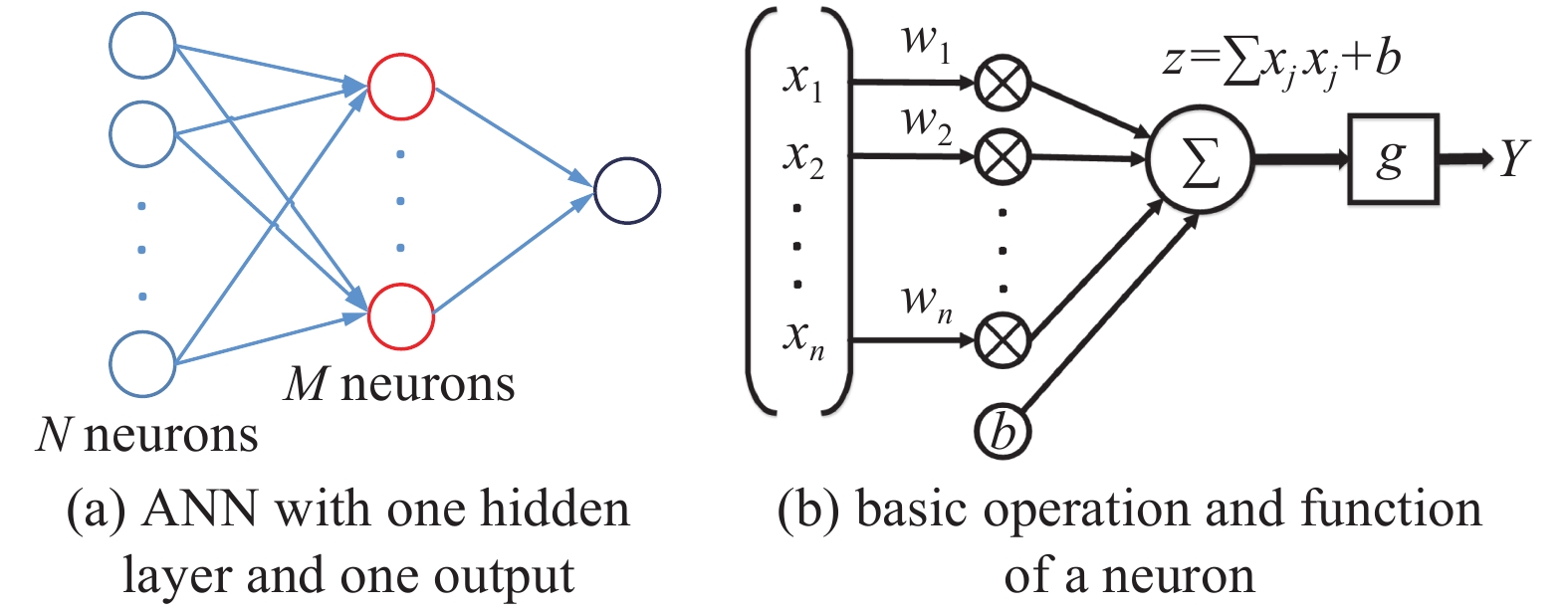
 下载:
下载:

